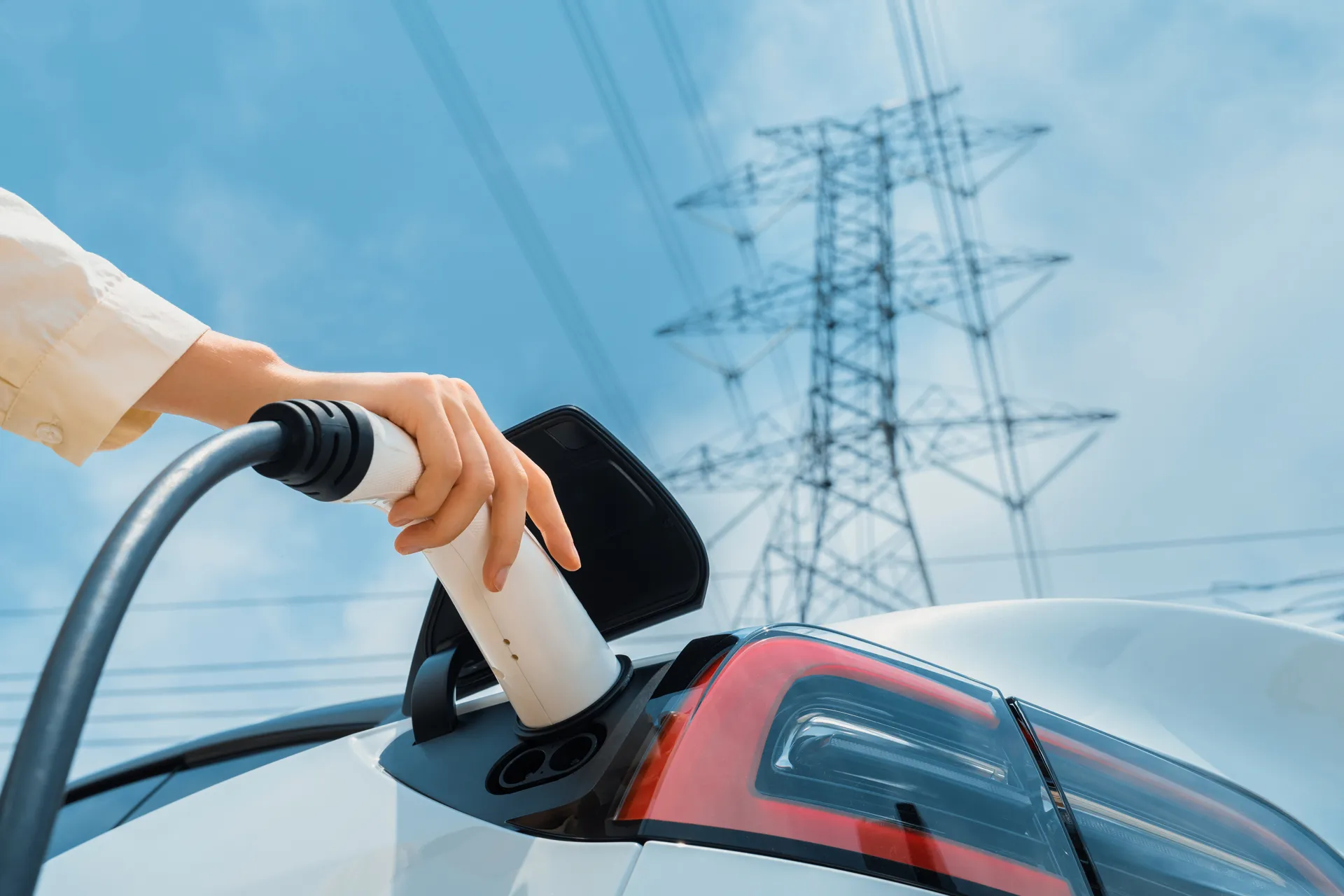India's large-scale investments in solar and renewable energy
are a key part of its strategy to become a global leader in sustainable energy
while addressing both climate change and energy security. The country has set
ambitious targets, including reaching 500 gigawatts (GW) of renewable energy
capacity by 2030 and producing 5 million metric tonnes of green hydrogen
annually by that same year. Achieving these goals is critical for reducing
India’s dependence on fossil fuels, lowering carbon emissions, and meeting its
climate commitments under the Paris Agreement. India has also committed to
reaching net-zero emissions by 2070, which will require a major transformation
of its energy sector. This transition will not only help reduce the country’s
carbon footprint but will also improve energy access, create millions of green
jobs, and support economic growth through the development of new industries.
To achieve these ambitious goals, India is investing heavily in
infrastructure projects that will form the backbone of its renewable energy
future. Large solar parks, such as the Pavagada Solar Park and Bhadla Solar
Park, are already operational, and the government is focusing on expanding
these initiatives. The country is also exploring the potential of offshore wind
farms, which could provide a significant share of renewable energy in coastal
regions. Green hydrogen production is another area of focus, as hydrogen has
the potential to decarbonize sectors that are difficult to electrify, such as
heavy industry and transportation. India’s National Green Hydrogen Mission aims
to position the country as a global leader in green hydrogen production, which
is expected to become an essential component of the global clean energy
landscape in the coming decades.
India’s renewable energy push is also supported by programs like
the PM-Surya Ghar Muft Bijli Yojana, which provides free solar power to rural
households, and initiatives to promote solar rooftop installations across the
country. These programs help ensure that the benefits of renewable energy are
widely distributed, particularly in underserved areas. By decentralizing energy
production and making solar power more accessible, these initiatives contribute
to greater energy equity, especially in regions where traditional grid
infrastructure is limited or unreliable.
On the international stage, India is leveraging partnerships and
collaborations to advance renewable energy technology and financing. As a
founding member of the International Solar Alliance (ISA), India plays a
central role in promoting solar energy globally, especially in developing
nations. The ISA’s solar data portal and other initiatives facilitate
investment and the sharing of technology, helping countries with high solar
potential—such as those in Africa and Southeast Asia—accelerate their own energy
transitions. India is also tapping into financing through the Global Solar
Facility, which supports solar projects in emerging markets, further
solidifying its leadership in the global clean energy transition.
Through these combined efforts, India is positioning itself not
only as a leader in renewable energy within its own borders but also as a key
player in the global shift towards sustainable energy. The country’s focus on
innovation, research, and international collaboration is unlocking new business
opportunities and helping drive investment in both developed and emerging
markets. As India continues to scale up its renewable energy infrastructure, it
is creating a foundation for a more sustainable and resilient global energy
system.




